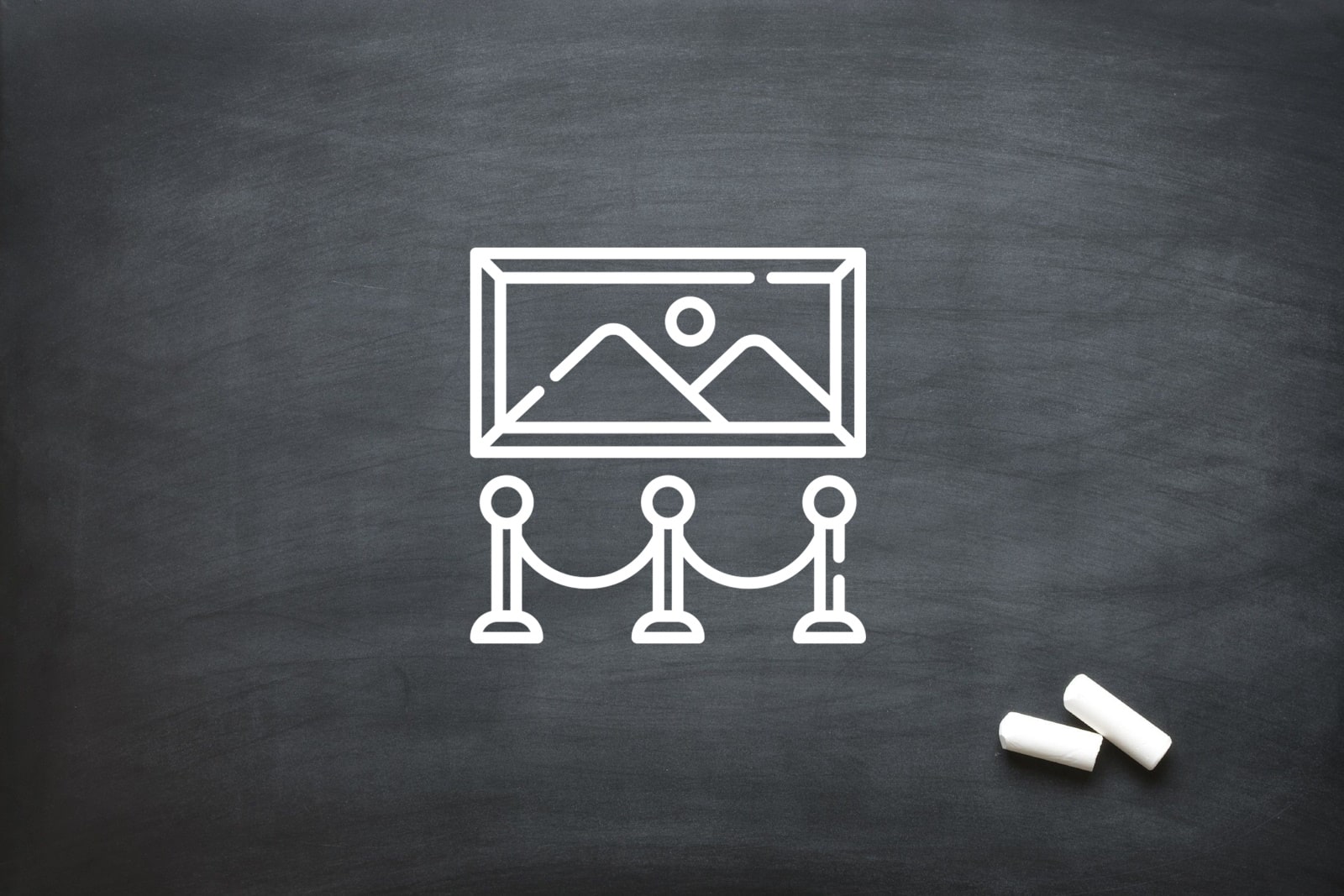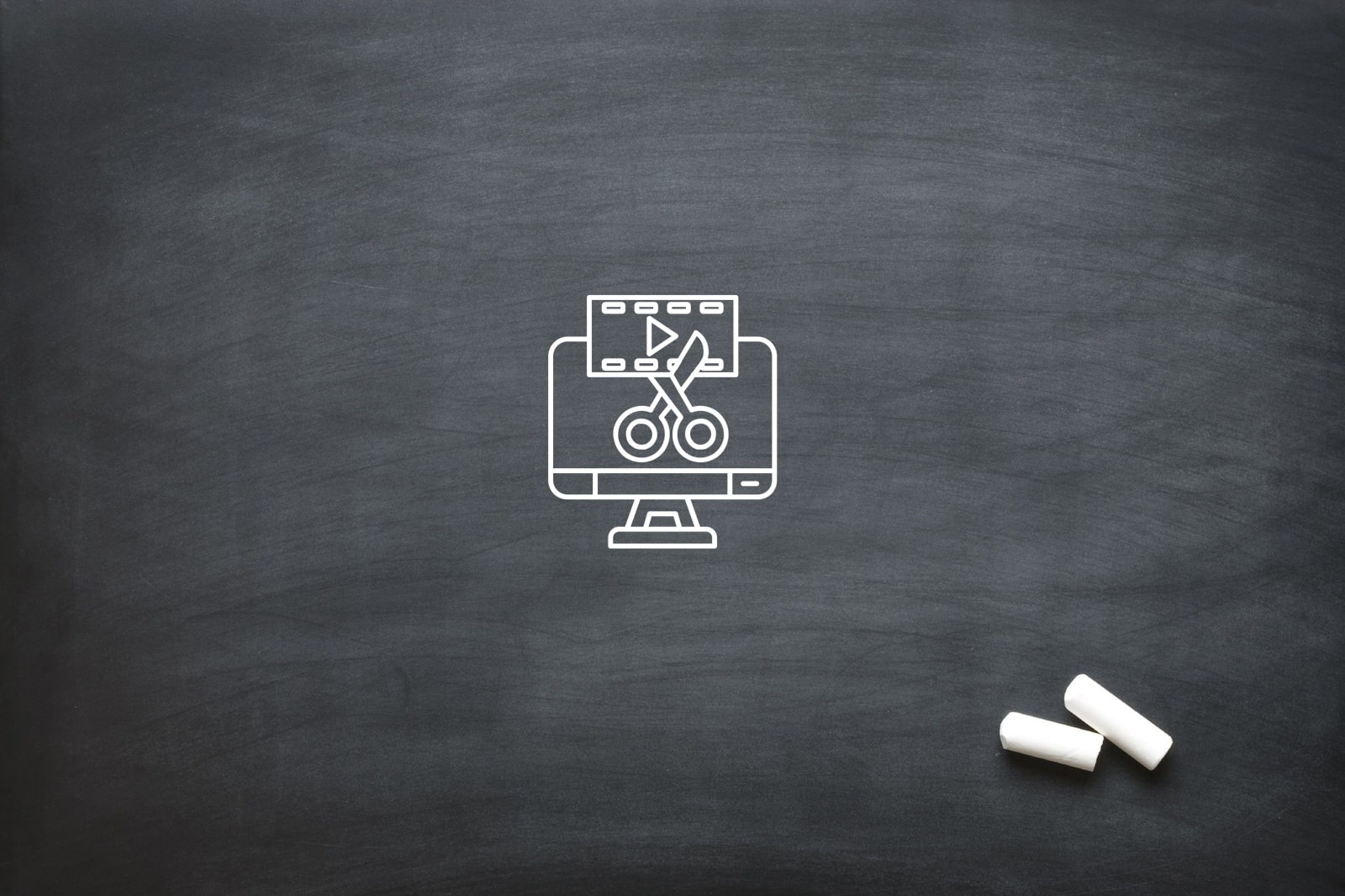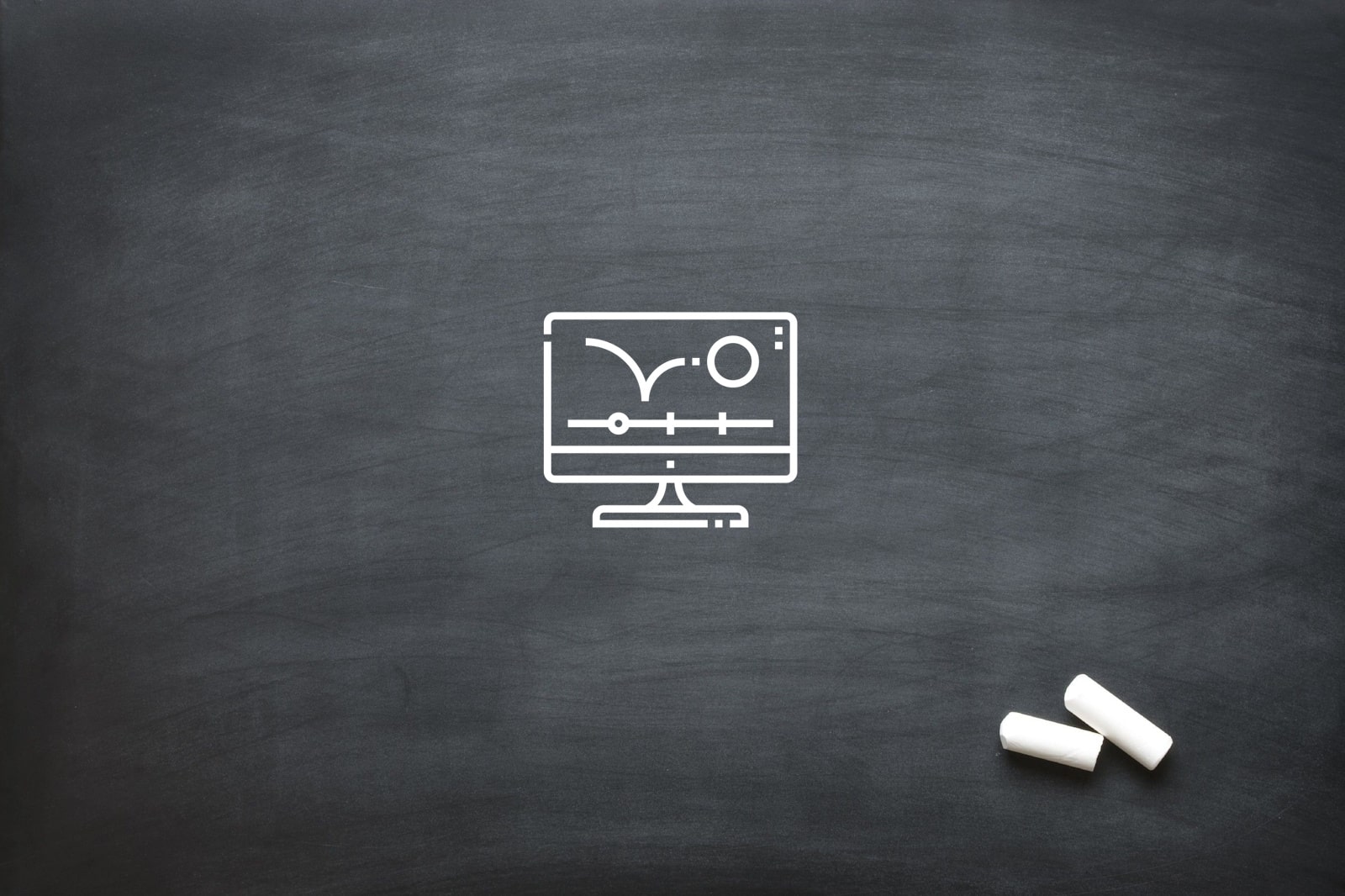
The Role of 3D Animators in Museum Reconstructions
In today’s digital age, museums are no longer just repositories of artefacts—they are immersive educational environments. At the heart of this evolution are 3D animators, whose work in historical reconstructions is revolutionising how we engage with the past. Using advanced digital tools and rigorous research, 3D animators breathe life into historical events, figures, and environments, transforming static displays into captivating narratives that educate, inspire, and provoke deeper curiosity.
Understanding Historical Accuracy in 3D Modelling
For 3D animators, authenticity is not optional—it is the foundation of credible historical reconstructions. The process begins with in-depth research, combining archaeological reports, historical documents, museum collections, and peer-reviewed studies to gather data. Every architectural detail, item of clothing, or landscape feature is meticulously examined.
Understanding the nuances of an era—its technologies, cultural symbols, social hierarchies, and geography—allows animators to create environments that are more than visual reproductions; they become contextually rich storytelling mediums.
Collaborating with Historians and Archaeologists
No reconstruction can stand on artistry alone. The best 3D reconstructions are grounded in collaborative scholarship. 3D animators work closely with historians, archaeologists, and museum curators to validate interpretations and clarify uncertainties. These partnerships help reconcile the tension between visual storytelling and academic integrity.
Collaborative workflows ensure that reconstructions reflect current historical consensus while allowing space for interpretative gaps. This relationship is especially important when visualising periods or cultures with limited physical remnants. Experts offer insights into probable materials, spatial uses, and even the symbolism of design features—adding layers of meaning that elevate digital renderings into credible educational tools.
Photogrammetry and 3D Scanning for Artefacts
The digitisation of historical artefacts plays a vital role in museum reconstructions. Photogrammetry and 3D scanning technologies enable 3D animators to replicate real-world objects with extraordinary precision. These techniques capture geometry and texture, preserving every crack, curve, and surface variation in high-resolution digital form.
Museums benefit greatly from these technologies: they can digitise rare or fragile artefacts, allowing broader access while protecting originals. Once digitised, artefacts can be scaled, animated, and inserted into virtual exhibits, making them more interactive for the public and useful for educational and conservation purposes.
Texturing for Authenticity: Age, Wear, and Context
Creating believable digital environments goes beyond shape and form. Texturing—applying digital ‘skins’ that reflect material properties—is essential. For historical reconstructions, this means accurately simulating the appearance of wood, metal, fabric, and stone as they would have aged in their natural context.
3D animators must understand how materials deteriorate over time: the sun-bleached façade of a medieval cathedral, the soot-darkened ceiling of a Victorian parlour, or the polished edges of an often-handled relic. These subtle textural cues anchor reconstructions in reality, giving viewers a tactile sense of the past and deepening immersion.
Animating Daily Life in Historical Contexts
One of the most transformative capabilities of 3D animators is their ability to recreate the rhythms of daily life. Animation allows museums to transcend static dioramas and instead present dynamic, lived-in environments. Historical figures can walk through markets, interact with tools, or engage in rituals—actions that make ancient life feel immediate and real.
This movement isn’t just for effect; it educates. Animation can demonstrate how a Roman aqueduct functioned, how Viking ships were constructed, or how people interacted in a Japanese tea house. By showing action in context, 3D animators convey not only what the past looked like, but how it worked.
Lighting and Atmosphere to Evoke the Past
Lighting is often overlooked in museum reconstructions, yet it plays a crucial role in shaping viewer perception. 3D animators use light to evoke specific moods and convey time of day, season, or even cultural meaning. Was the scene lit by firelight or oil lamps? Did open courtyards flood spaces with sunlight or remain shaded and cool?
Realistic lighting recreates how people in the past experienced their world. Atmospheric effects—fog, dust, or rain—can further heighten the sense of place. The goal is to trigger emotional responses that connect modern viewers with long-gone moments.
Ethical Considerations in Reconstructing the Past
The digital recreation of historical scenes is not neutral. It involves interpretative decisions that carry ethical weight, particularly when dealing with cultures that have been colonised, marginalised, or misrepresented. 3D animators must be mindful of the power their visuals hold and approach reconstructions with humility and accountability.
Respecting cultural heritage means involving communities in the storytelling process, transparently addressing uncertainties, and avoiding sensationalism. The goal is not to fabricate nostalgia, but to offer meaningful, respectful engagements with history—especially when the visual evidence is incomplete or contested.
The Impact of 3D Animation on Museum Engagement
The impact of 3D animation in museums has been profound. According to studies by the International Council of Museums and MuseumNext, immersive digital exhibits can boost visitor engagement by up to 60%. They also extend the reach of museums beyond physical walls, through virtual exhibitions and educational platforms.
For younger audiences especially, interactive digital storytelling is often more relatable and impactful than traditional labels and glass cases. By meeting audiences where they are—visually, intellectually, and emotionally—3D animators help museums become more inclusive, accessible, and effective in their educational missions.
Conclusion
As museums continue to embrace technology, the role of 3D animators will only grow. They are not merely visual technicians—they are historical interpreters, bridging the gap between past and present with creativity, precision, and purpose.
At Oliver Karstel Creative Agency, we specialise in historical reconstructions that inspire, educate, and endure. Our expert 3D animators work closely with historians and institutions to deliver museum-quality content that captivates and informs. Contact us today to learn how we can bring your history to life.






